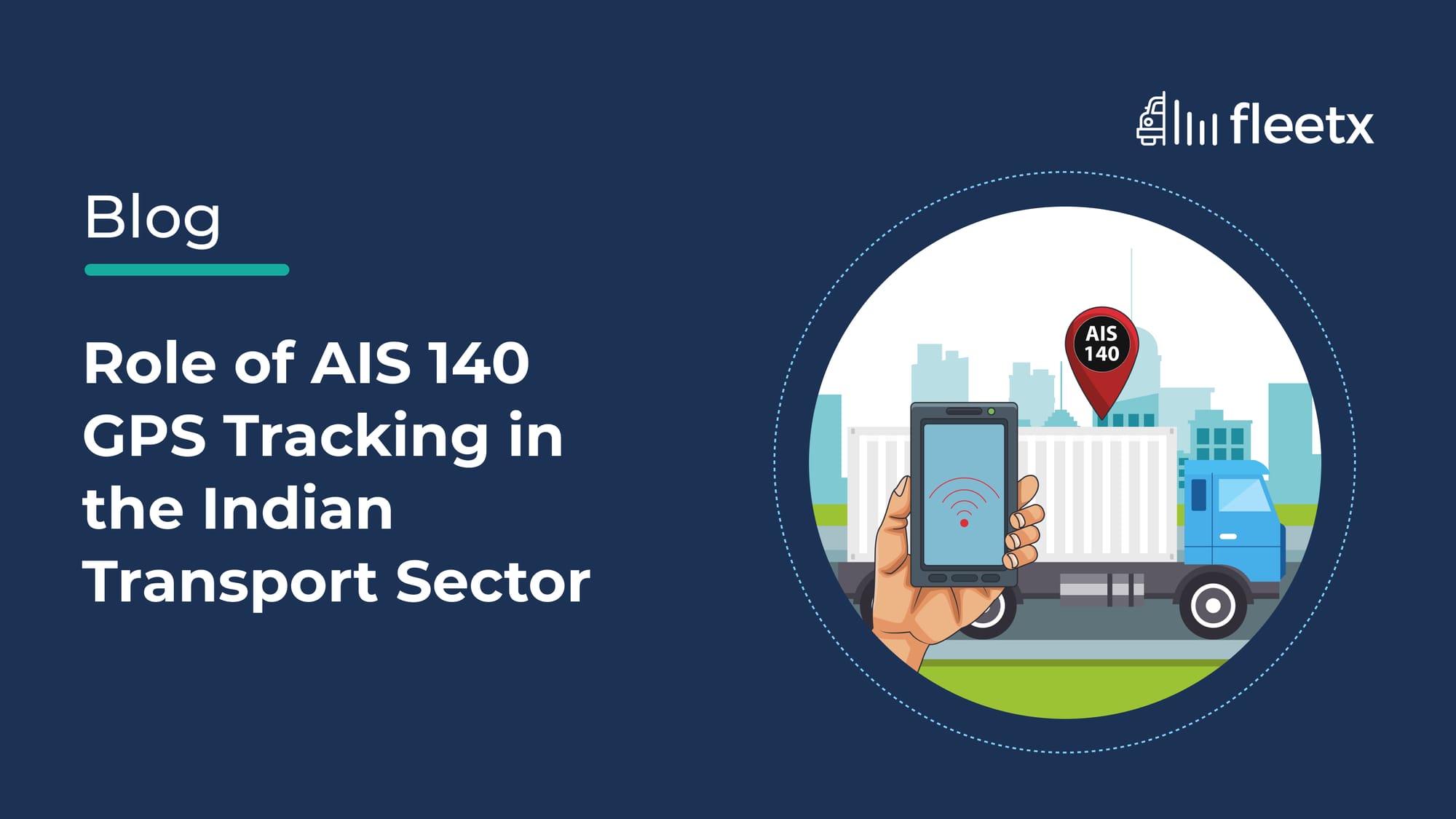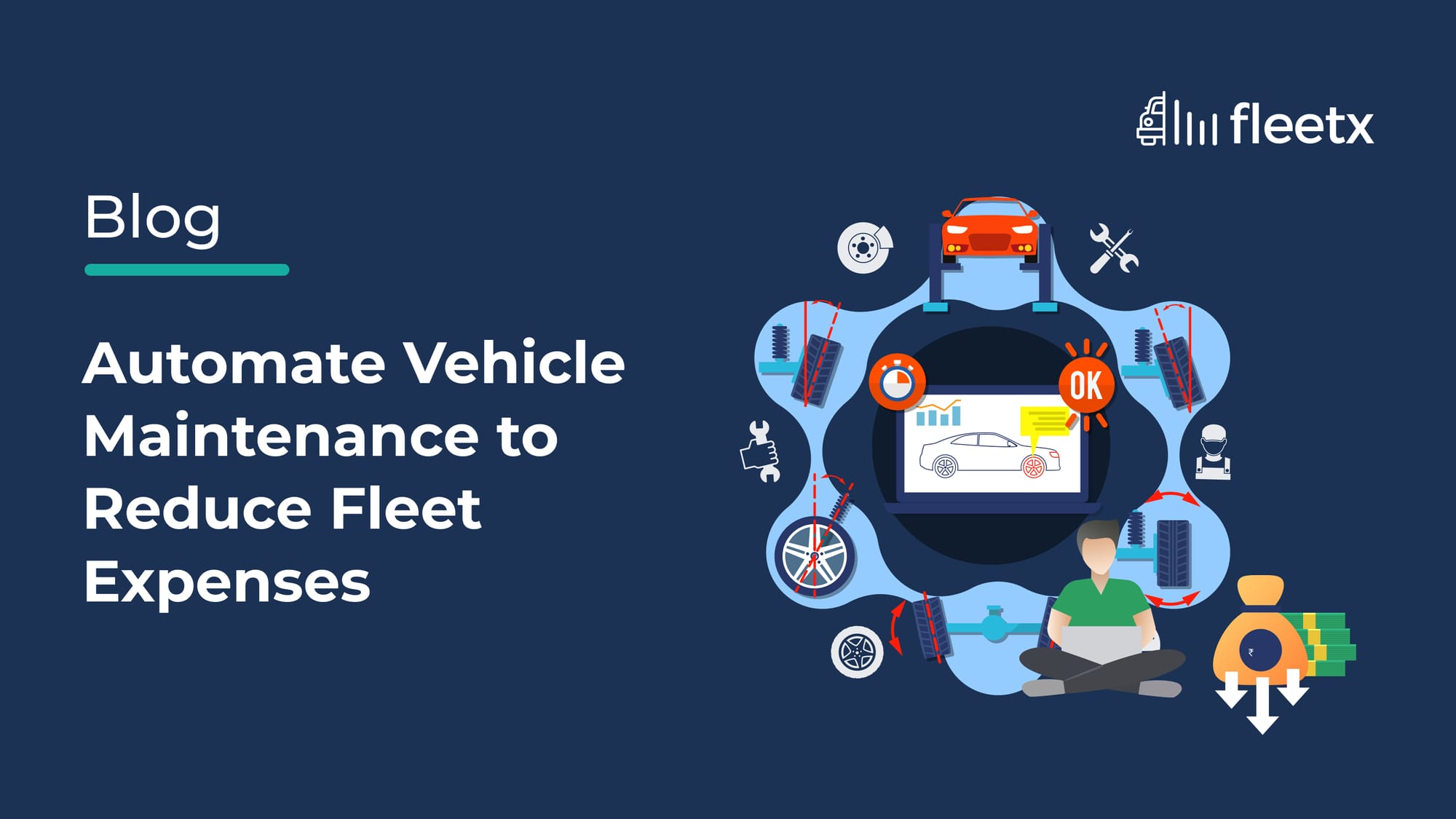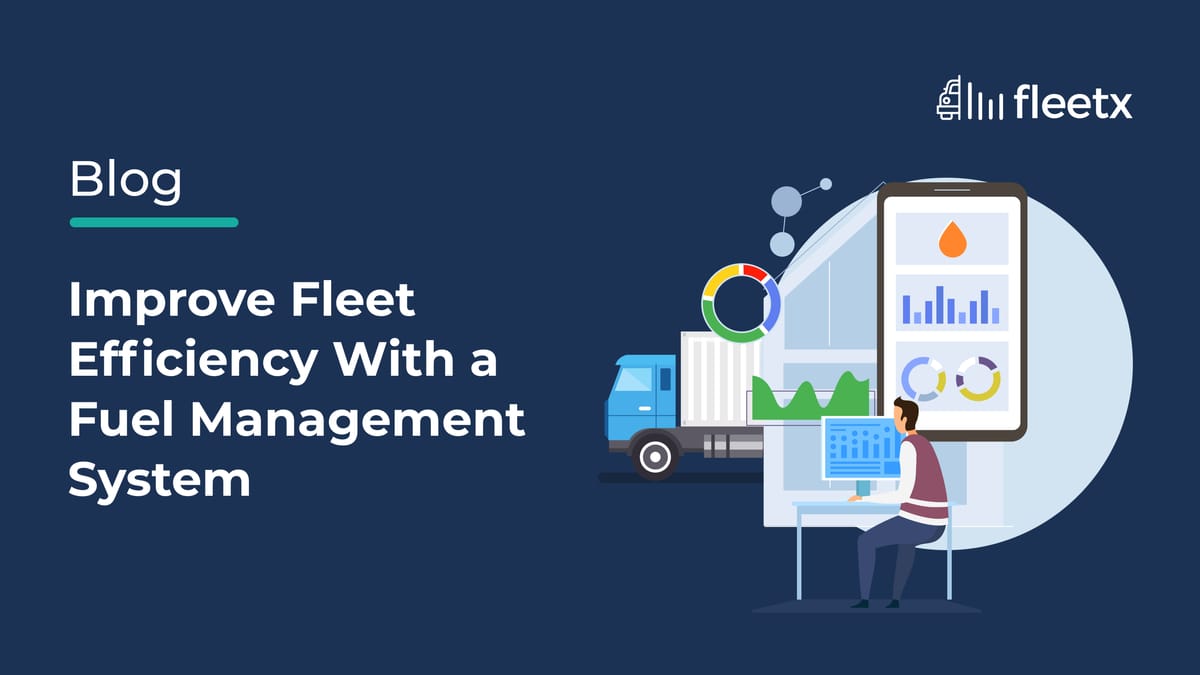
The Indian transportation sector was facing severe passenger safety-related challenges due to a lack of operational visibility. However, a transformational shift materialized after the introduction of the Automotive Industry Standard 140 (AIS-140) by the Ministry of Road Transport and Highways (MoRTH). This directive mandated that intelligent transportation systems (ITS) - incorporating GPS tracking, an SOS button, and live vehicle data transmission - be incorporated in public service vehicles.
MoRTH approved a scheme in 2020 for safety and enforcement in public service vehicles at an estimated total cost of INR 463. 90 crores at the union and state levels. Since its introduction, a large number of vehicles - city buses, school vans, and other government vehicles - have been connected to the central monitoring system, improving route tracking, minimizing emergency response times, and strengthening compliance oversight.
Why is an AIS-140 Compliant GPS Tracker Crucial for Transporters?
AIS-140 certification opened new opportunities for digitized fleet monitoring. With the AIS-140 GPS device price ranging between INR 6000 to INR 11000, the device spans across India’s transport ecosystem for several reasons, including -
Regulatory Compliance
Implementing an AIS-140 certified GPS tracker ensures the fleet’s compliance with the Indian government’s regulations. Non-compliance can lead to fines and penalties, operational discontinuance, and permit suspension. So, GPS tracking is essential in public and commercial transportation.
Advanced Safety
SOS buttons and real-time tracking provide ready assistance in case of any emergency. Additionally, geofencing alerts operators if and when the vehicles stray from predetermined routes.
Enhanced Operational Efficiency
The system features, such as route optimization, driver monitoring, and more, enable fleet managers to identify the gaps, ensure timely movements, thus improving overall productivity.
Driver Training Tool
Drivers become more accountable with real-time tracking that enables fleet managers to monitor driver performance and vehicle usage, providing data-led insights for improving driver training and minimizing unsafe driving practices.
Essential Features of AIS-140 for Commercial Vehicles
Live GPS Tracking - AIS 140 GPS device shares real-time location data to central servers for fleet tracking and route monitoring.
Emergency SOS Buttons - Panic buttons are mandatory to be implemented within the vehicle, using which an alert can be relayed to the state control room.
Dual Data Sharing - AIS-140 approved GPS devices send tracking data to two IP addresses - one to the transport authority and the other one is relayed to the emergency response team.
Minimum 4-Hour Battery Backup - This enables the tracking system to be active even when the main power source fails.
Tamper-Proof Coverage - All devices are tamper-secured to ensure data integrity and prevent data loss.
Live Communication Support - The AIS-140 GPS vehicle tracking system must support GPRS/3G/4G connectivity, offering secure and encrypted data channels.
Embedded SIM - Using machine-to-machine embedded SIMs ensures better network availability, especially in remote areas.
Scope of Integration - The GPS tracking device can be conveniently integrated with current fleet management systems to improve data accessibility and operational control.
Key Operational Changes Introduced in 2025
Initially, AIS-140 certified devices were introduced for public buses and school vans, but as of 2025, it has been mandated across a wider range of vehicles. The updated changes introduced include -
- Obligatory for Commercial Vehicles: All commercial vehicles, irrespective of state-wise variations, are mandated to install an AIS-140 GPS tracker.
- Vahan Database Integration: These trackers now sync directly with the national vehicle registry.
- Installation Deadline: Commercial vehicles registered before January 2025 have to comply by October 31, 2025.
- Enforcement Checkpoints: Roadside checks are conducted to penalize non-compliant vehicles.
- Remote Vehicle Immobilization: Now, fleet owners can immobilize vehicles remotely in case of theft or non-compliance.
Who Has to Comply?
The vehicle categories under the updated AIS-140 regulation include:
- State government buses (inter and intra-city)
- Private school buses or vans
- Cab and taxi services
- Cargo transport vehicles exceeding 3.5 tons
- Rental vehicles
- Inter-state luxury buses
Regulatory Tips for Fleet Owners
The owners and/or operators of commercial vehicles need to:
- Install a verified AIS-140 GPS device with embedded panic buttons
- Ensure that the device is IRNSS and GLONASS compatible, not only GPS-compatible
- Update KYC documents with the regional RTO to eliminate renewal issues
- Register the vehicle tracking ID with the relevant transport monitoring server
- Verify if the device provider has the necessary MoRTH and NIC accreditations
Practical Demonstrations of the Benefits of AIS-140 for Transport Businesses
There are various associated benefits for the stakeholders involved, i.e. - transporters, passengers, regulatory authorities, and even vehicle drivers, some of which are:
Improving Passenger Safety
Emergency SOS buttons and constant tracking accelerate the process of addressing emergencies with swift actions.
Application: A female passenger was traveling alone in a cab in Mumbai and felt unsafe due to the driver’s behavior. Upon pressing the SOS button, an alert with the taxi’s live location was relayed to the local police control room, facilitating prompt intervention.
Higher Operational Visibility
Fleet operators and government authorities can monitor routes, service regularity, and driver behavior better.
Application: A Kolkata-based logistics company installed Fleetx-powered AIS-140 trackers in its delivery truck fleet, enabling it to track each delivery in real-time to determine potential delays, thus rerouting vehicles whenever necessary, improving delivery efficiency and customer satisfaction.
Swift Decision-Making
Real-time data transmission enables route planning, load optimization, and identifying service gaps.
Application: A commercial bus fleet owner installed AIS-140 in all the buses to identify routes with frequent service delays and low rider count, enabling route and schedule optimization for higher efficiency and profits.
Regulatory & Legal Adherence
Being AIS-140 compliant shields fleet owners and operators from fines, penalties, and delays for being non-compliant, while providing legally accepted evidence in case of any unfortunate incident.
Application: A traffic accident occurred in Kerala, and the bus had AIS-140 installed. The authorities could access data from the GPS tracker to identify the vehicle’s speed, route, and whether the panic buttons had been pressed, assisting in accident investigation.
Building Public Confidence
With reliable safety systems in place, citizens have higher confidence in public transport services.
Application: A school in Maharashtra had been using AIS-140 trackers in its buses, and the system-generated driver behavior reports, including speeding instances, could be accessed easily. The school management uses this data for driver coaching on safe driving practices, ensuring student safety.
Charting A Smarter Transportation Landscape
The scope of adoption of AIS-140 is widespread. Aided with advanced technologies such as AI and ML, it is poised for greater adoption among transporters over time. IoT would play a greater role in data collection and management for improving several fleet optimization parameters.
Also, the growth of cloud-based solutions indicates smarter management and accessibility to vast amounts of data generated by devices, simplifying data incorporation into broader city initiatives for better infrastructure and urban mobility.
FAQs
Why is AIS-140 mandatory for public and commercial vehicles in India?
AIS-140 is a regulatory standard introduced by the Ministry of Road Transport and Highways (MoRTH) to enhance passenger safety and operational transparency in public and commercial transport. It mandates the use of intelligent transportation systems such as GPS tracking, emergency SOS buttons, and live data transmission. As of 2025, all commercial vehicles must comply to avoid penalties, permit suspension, or operational halts.
What features are included in an AIS-140-compliant GPS tracking device?
An AIS-140 device must include:
- Real-time GPS tracking
- SOS panic buttons for emergency alerts
- Dual data transmission to transport and emergency authorities
- Minimum 4-hour battery backup
- Tamper-proof casing
- Embedded M2M SIM for robust network connectivity
- Integration capability with fleet management systems
How does AIS-140 improve operational efficiency and safety for transporters?
AIS-140 enables real-time monitoring of routes and driver behavior, supports route optimization, and improves emergency response times. This results in reduced delays, better resource allocation, and safer journeys for passengers. The collected data also helps in driver coaching and improves overall compliance and fleet reliability.
Who must comply with AIS-140 regulations, and what are the key deadlines?
The mandate applies to:
- Public and private school buses
- State transport and luxury inter-state buses
- Commercial goods vehicles over 3.5 tons
- Cabs, taxis, and rental vehicles
All commercial vehicles registered before January 2025 must comply by October 31, 2025. Non-compliance may result in roadside penalties and even vehicle immobilization through remote commands.




